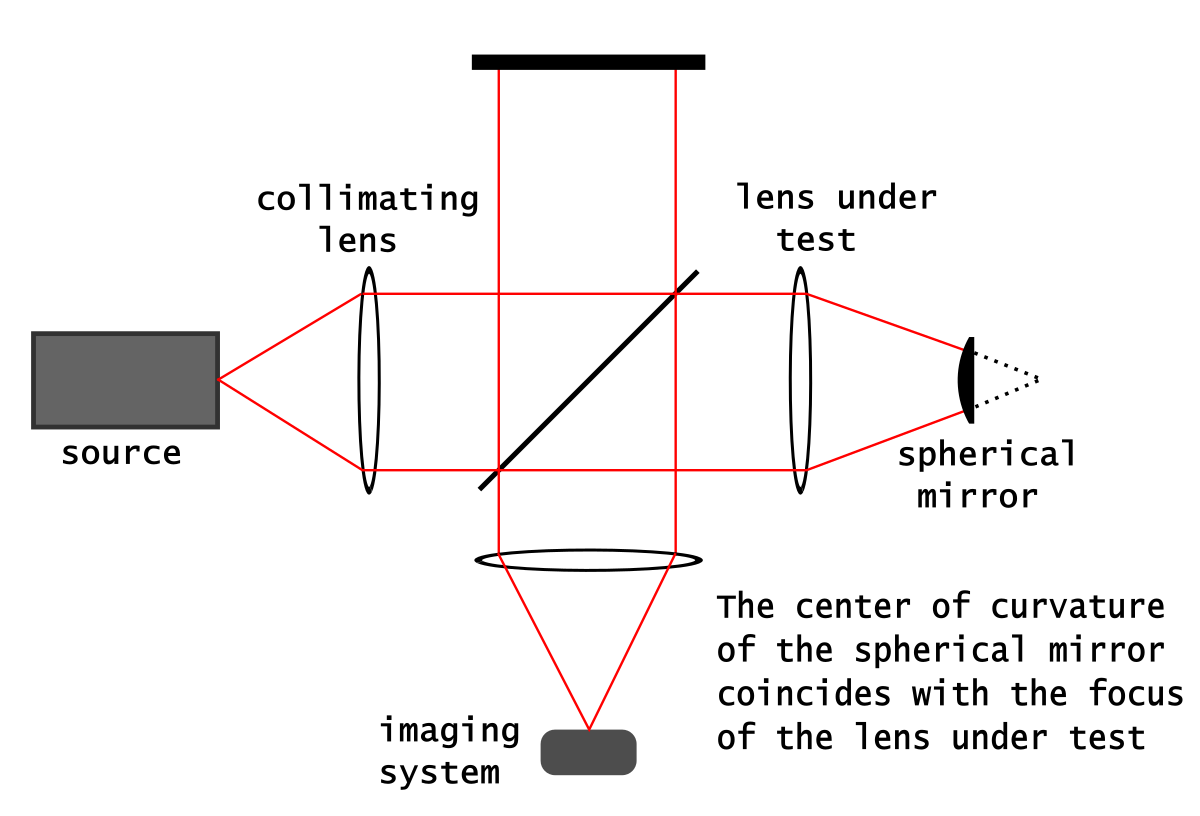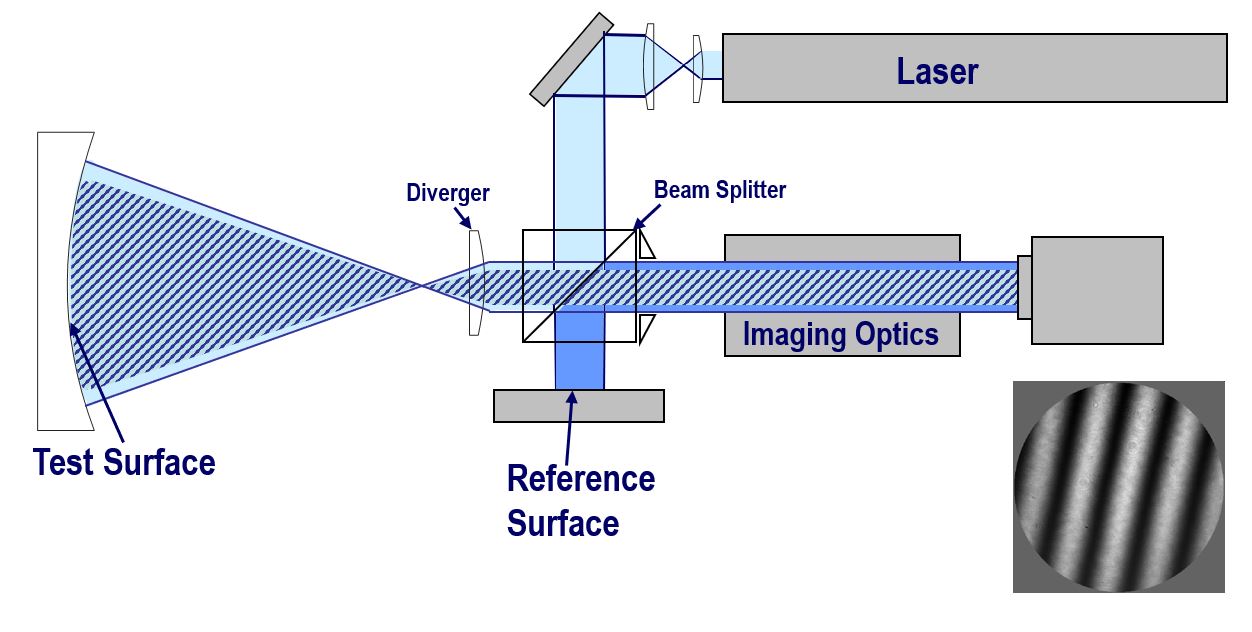Contents

Source: Wikipedia
The Twyman–Green Interferometer: A Tool for Optical Surface Characterization
Introduction
Twyman–Green interferometers are widely used for characterizing optical surfaces. Named after Frank Twyman and Arthur Green, these interferometers provide valuable insights into the quality and characteristics of optical elements.
Principles of Operation
The Twyman–Green interferometer operates on similar principles to a Michelson interferometer. However, it utilizes collimated beams that are expanded to a significant diameter. This expanded beam is directed towards the optical surface under inspection, and the resulting interference pattern is either observed directly through an eyepiece or captured by an electronic image sensor.
Surface Inspection
The Twyman–Green interferometer is capable of inspecting various optical elements, including mirrors, lenses, prisms, and mirror substrates. By adjusting the optical wavefronts using lenses or mirrors, the interferometer ensures that the interference patterns are clearly visible for analysis.
Aspheric Optics Inspection
For inspecting aspheric optics, a high-quality reference surface, such as an optical flat, is used. This reference surface allows for accurate measurements of deviations from the ideal shape, ensuring the precise characterization of the optical element.
Data Analysis
Recorded interference patterns can be further analyzed using specialized software to provide detailed measurements of surface deviations. By counting interference stripes or analyzing distortions, the interferometer can reveal valuable information about the inspected optical surface.
Alternative Solutions
While Twyman–Green interferometers are commonly used, other techniques such as Mach–Zehnder interferometers or optical profilometers can also be employed for surface characterization based on specific requirements and applications.
Conclusion
In conclusion, the Twyman–Green interferometer is a versatile tool for optical surface characterization, offering high precision and accuracy in evaluating the quality of optical elements. By utilizing interference patterns and advanced data analysis techniques, this instrument plays a crucial role in various fields, including optics, photonics, and precision engineering.

Source: 4D Technology
Feel free to comment your thoughts.



